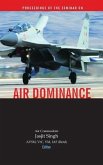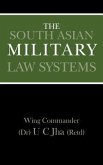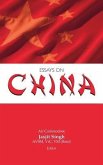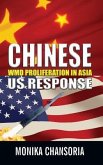This is an explosive and topical book about the one threat that is exercising the minds of security planners the world over - the looming threat from a rising and increasingly assertive China. China is emerging as a global superpower and a regional hegemon. Its economy that grew at a scorching, double-digit pace for two decades is now slowing down. What does the current phase of Chinese aggression against all its neighbours signify? Will China engage in conflict? if so when and where could that conflict occur? This book is a structured net assessment of China's military power by a reputed and well-known Indian military analyst. The growth of Chinese military power has been examined with emphasis on how it primarily affects India. The book analyses how India must respond. It has an exhaustively researched section on how the Chinese PLA has performed in actual combat since 1949, and a detailed analysis of the evolution of China's military doctrines and strategic culture. With this as a backdrop, there is a detailed chapter each on the structure and modernisation of the PLA, the PLAN and PLAAF. The most dangerous for India is the exponential growth in the Chinese Airpower (PLAAF). China has already changed Asia's balance of power. The Gulf War in 1990 had shown to China how backward it was in terms of military technology and weaponry. A radical transformation in Chinese military thought and practice led to a transformation towards introduction and absorption of latest technology. This has been accompanied by a ruthless reduction in manpower. The dynamic unleashed by the Chinese has prompted the biggest military buildup in Asia since World War II. China's nuclear force structure and employment doctrines as well as its military industrial complex are examined and the strength and Chinese weaknesses underlined. The crux of this book lies in the concluding chapters on Alternative Economic and Military Futures for China. Whether China will engage in conflict is not so much a question of "if" but "when". It will largely be dictated by the performance of the Chinese economy. China will initiate a conflict when it feels its Comprehensive National Power (CNP) has become sufficiently strong in relative terms. This could well happen by the middle of the next decade, i.e. 2025. This book is a must read for military professionals and laymen alike.








